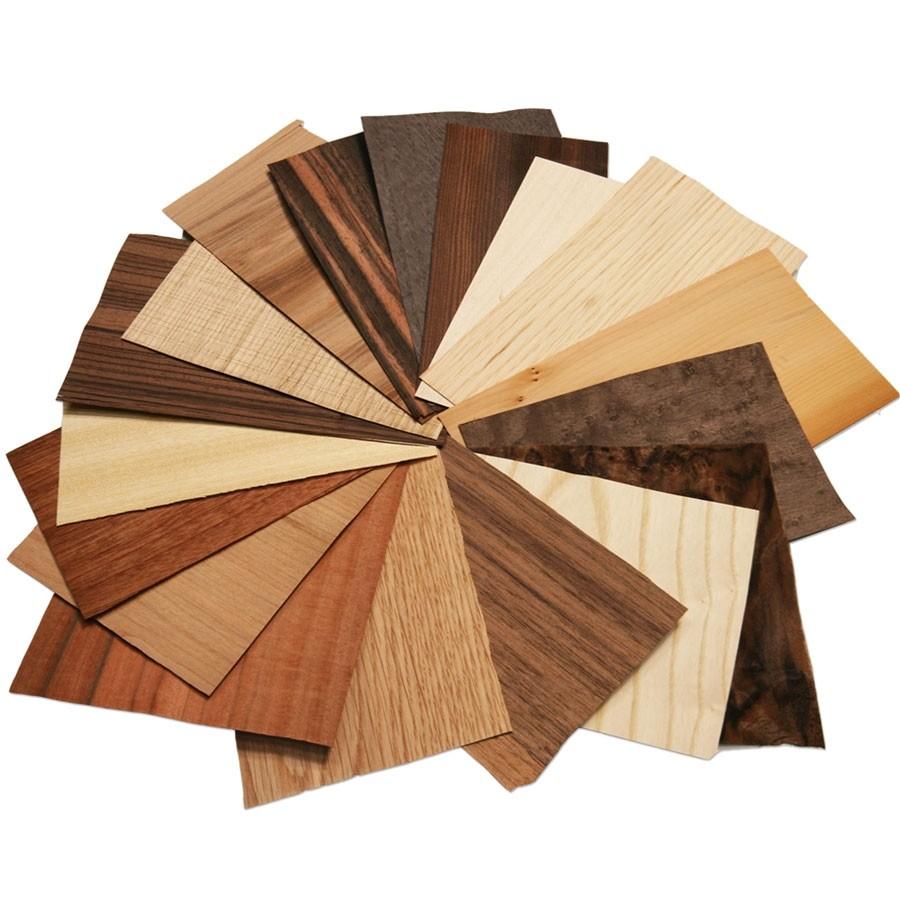Many people automatically think that anything made out of solid wood is preferable and superior to other materials, such as wood veneer or plywood. Although solid wood certainly is ideal for some projects, there are also instances when wood veneers are far more appropriate.

Why Veneer is More Practical and Effective for Some Projects
- Stability – Wood veneer panels are stable and have less risk of warping in comparison to solid wood that could become deformed due to humidity or other extreme conditions. Wood veneer is glued to a secure material, such as particle board, plywood, or MDF (medium density fiberboard) so it does not split or warp like solid wood. Note that there should be a veneer backer on the reverse side of the veneered material to ensure that it is stable. This backer ( also called a balanced back) should correspond in thickness and specie to the face veneer.
- Sequence – Ability– Due to the thinness of the veneer the pattern changes very slightly from one sheet to the next, allowing a repetition of a pattern over a large surface area. This is also called sequence matched numbered panels, commonly referred to as architectural blue print matching.
- Thinness – Think about it: a huge advantage when it comes to working with wood veneer is its relative thinness, making it much easier to apply to surfaces that are uniquely shaped and curved, something that simply can’t be done with solid wood. In addition to its attractiveness, wood veneer is an extremely popular material when it comes to accenting or enhancing columns, for example, or the curved portions of furniture pieces and musical instruments. Veneers are thinner than 3mm (1/8 inch) and come in various thicknesses to accommodate different applications.
- Thumbs-Up for the Environment – Another good reason to champion wood veneer is its environmentally friendly benefits, especially when produced by a responsible company that is proud of their adherence to and support of reforestation and other sustainable practices. Wood veneer is sliced from logs rather than sawn, so no saw kerf is lost. What this means is that you are able to get substantially more veneer wood from and fully utilize the source log.
- Ease & Suitability – Wood veneers are perfect for producing unique and attractive designs, and more cost effective overall than solid wood for intricate decorative projects, such as marquetry and other detailed inlay work. Veneers are easy to cut to size and apply, and come in a vast variety of colors and patterns, allowing the artisan unlimited inspiration.
Wood veneers are clearly the better choice in any number of situations, widening the scope of possibility for endless creative projects, both commercially and on the home front. Ask a producer of high quality wood veneer to show you the enormous range of veneers available in their collection and let your imagination take over.
Source: Herzogveneers Inc
